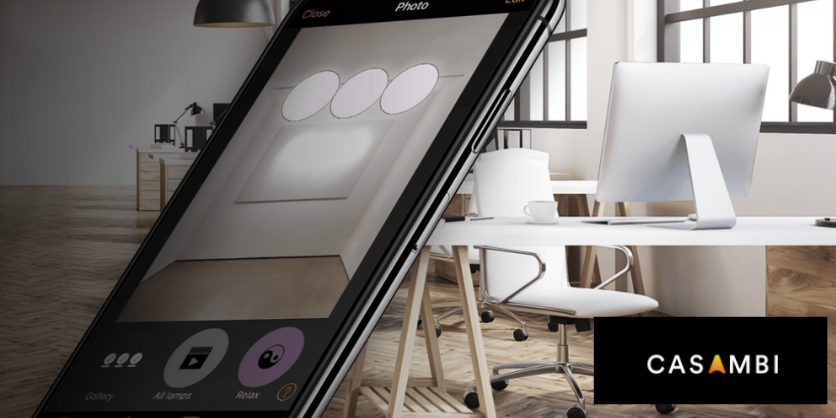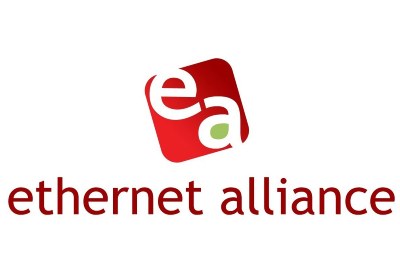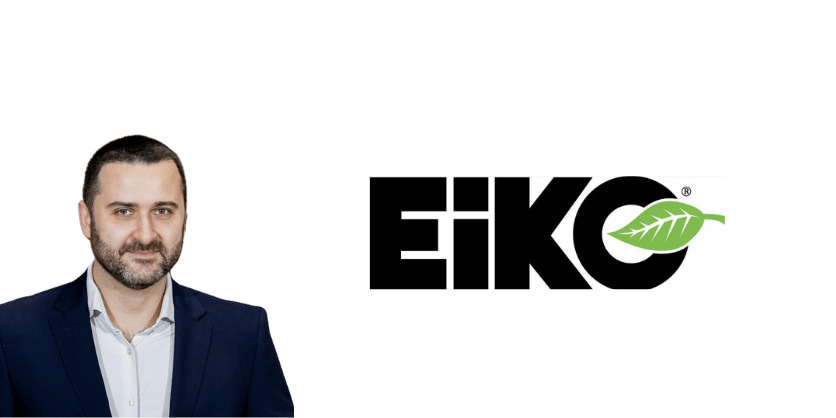Less Is More When It Comes to Casambi Controls

When looking at the electrical in a traditional lighting controls installation, there are some non-negotiables to ensure the lights run properly. At bare minimum, there’s a switch and a room controller which branches out to a network of hard-wired fixtures. In its full glory, there are dimming panels, timer panels, hubs, data wires and more. Without any one of these materials being tied together it’s impossible for the lights to be controlled. This is seemingly straightforward, but what if there was a way to do more with less, by eliminating materials and labor from the installation process to control the lights?
Casambi, an innovator and industry leader in low energy Bluetooth wireless technology, has successfully taken an industry standard requiring mountains of hardware and hours of labor and innovated a technology that greatly minimizes materials and complexity of installation.
In this interview, Peter Augusta, VP/Sales at Casambi, answers some tough questions.
Q. Can you give us some background on Casambi and what makes its wireless technology unique?
A. What sets Casambi apart is the fact that we set out 12 years ago to completely reinvent the lighting controls industry as a software-driven wireless network rather than trying to adapt a legacy hardware-based system to fit modern demands. Not having to deal with the shackles of deriving revenue through the sale of hardware, we were able to engineer a solution that truly eliminates the need for extraneous hardware, wires, electrical design work, as well as onsite labor.
We accomplished this by developing a fully distributed network where each node – which is basically an addressable chip with software and a Bluetooth radio – communicates directly with the others to form a network. These nodes can manifest as being a switch, a light, a sensor, or any other device in a controls network. Because the nodes are all interacting wirelessly, there is no need for a centralized panel, hub, or router in our network which means that there is no single point of failure.
What is special is that we not only achieved our goal, but we are now the industry leader with the most feature rich, robust, and mature wireless lighting control solution on the market. With Casambi, there are no guinea pigs as we have almost 5M nodes operating in over 100,000 installed networks.
Q. How does eliminating the hub impact lighting design and spatial layout?
A. In the traditional world, and even in a lot of the wireless worlds, there is a need for centralized panels, also referred to as a hub or router[MM1] . They have to be stored somewhere, which needs to be accounted for in the planning and design of the space.
By eliminating the control panel, designers have full freedom to determine how the lighting is being implemented in the space. They no longer have to worry about trying to hide an eyesore in the design process. More often than not, the panel is concealed in the ceiling, a closet, or it ends up as an afterthought attached to the wall, which can take up a tremendous amount of space. Another important point to consider is that by eliminating the control panel, they’re gaining square footage. All of the materials and “stuff” used for the panels can take up to 25 square feet per floor. Imagine what that means for a high rise in a city like Manhattan. The average building has 15 floors, which means they’ve automatically reclaimed 375 square feet.
Q. What’s unique about how Casambi provides luminaire controls?
A. In most cases, a lighting designer is bound by presenting light in groups. For instance, if I have a space with multiple light sources and they can only be dimmed together, it’s impossible to create a layered effect. If a designer wants a group or individual light to be brighter than the rest, they wouldn’t have that ability, but Casambi’s luminaire level control allows them to manipulate every single light. [By having] control over the individual luminaire, designers are free to create the image of light output any way they want to. They have no chains. We’re giving them the freedom of expression through the use of luminaire level lighting control.
The other benefit is that it gives the end user a tremendous amount of flexibility in how they’re going to use the space. More often than not, the end user is locked into the preselected lighting plan without having experienced the space on a day-to-day basis. With Casambi, they’re able to literally go into our application to drag and drop lights out of groups, completely customizing their lighting without any physical or invasive actions to make those changes. So a space that was once intended to be an office can now be converted to a big meeting room or collaboration space because they have the autonomy to control and create that level of versatility in a world that is navigating a hybrid work force.
Additionally, Casambi is a great solution as building codes become more stringent and move towards energy savings. The definition of the area in which a sensor controls light fixtures going on and off is shrinking, so to meet building code standards luminaire level controls on a more granular level need to be achievable.
Q. Is the node only compatible with Casambi light fixtures, sensors, switches and other Casambi manufactured products?
A. Casambi’s wireless technology is compatible [MM2] with all lighting fixtures, whereas a lot of our competitors are only compatible with their brand. We can control any type of fixture, so designers can choose whichever they want, regardless of where they’re coming from.
Q. Since there is less material used and labor needed, would you say this could make a case for sustainability?
A. Oh absolutely. This is where the case for sustainability starts because what we are saying is don’t use the materials in the first place – you don’t need the hardware, or the extra wires – leave that stuff in the ground. You’re going to fit the sustainability model not by changing the materials, but by actually just eliminating the materials on the job.
Hardware companies tend to say they’re sourcing responsibly or that they’re using more eco-friendly materials. That’s wonderful, but we are saying don’t use those materials at all. Not only are you getting rid of those constrictions – which creates an easier, more flexible format to deliver lighting – it has the added benefit of being more sustainable.
Q. It’s clear what’s gained by going wireless with Casambi is autonomy, versatility, and sustainability. Are we missing anything?
A. I really want to talk about controls first, which means designing the controls platform first, or at least dictating the use of wireless early on in the project. The current system of marking the controls as “TBD” is kicking everything down the road, which can end up delaying the completion of the electrical engineering drawings and then creates more revision channels.
Alternatively, if the electrical engineers design with wireless from the get go, they understand that there’s no need for hubs, routers, or specific wiring loops back to the control panel in the electrical layout. They don’t have to pour over their designs to tie together zones and know how the lighting is going to be used ahead of time.
When designing with Casambi they’re going to get the greatest cascading effect of benefits downstream because they’ve now improved their timeline, pulled out the use of materials at the beginning, which means less labor, less coordination, and less expensive.
Q. How does eliminating a few wires and materials impact the budget?
A. When you start with lighting controls first, specifically luminaire level lighting control in a wireless fashion, you’re getting rid of the materials, labor, and all that’s involved. So, when all of that goes away, that translates into cost savings, labor savings, troubleshooting savings, and all sorts of endless revision savings. The price of the lighting package may go up, but the amount of savings gained when looking at the full project and full budget, it is highly likely they’ve saved money. And even if they ended up dead even because of the increased lighting cost, the amount of benefits on the maintenance side and flexibility that goes down to the end user is every bit worth it.
Going wireless is much less complicated to install and easier to use. As we see innovation catch up, it’s clear it’s better, less expensive, more flexible, and easier to implement.
Q. With so many wireless options out there, why is Casambi the best choice?
A. We’ve been doing this for 12 years, and our experience of delivering close to five million nodes is unparalleled. Also, the rate at which we’re delivering projects on a monthly basis means lessons have been learned, features have been added, benefits have been realized, and experience has been gained. The maturity of the company means you can trust us. You’re not a guinea pig. We are the subject matter experts in wireless.









